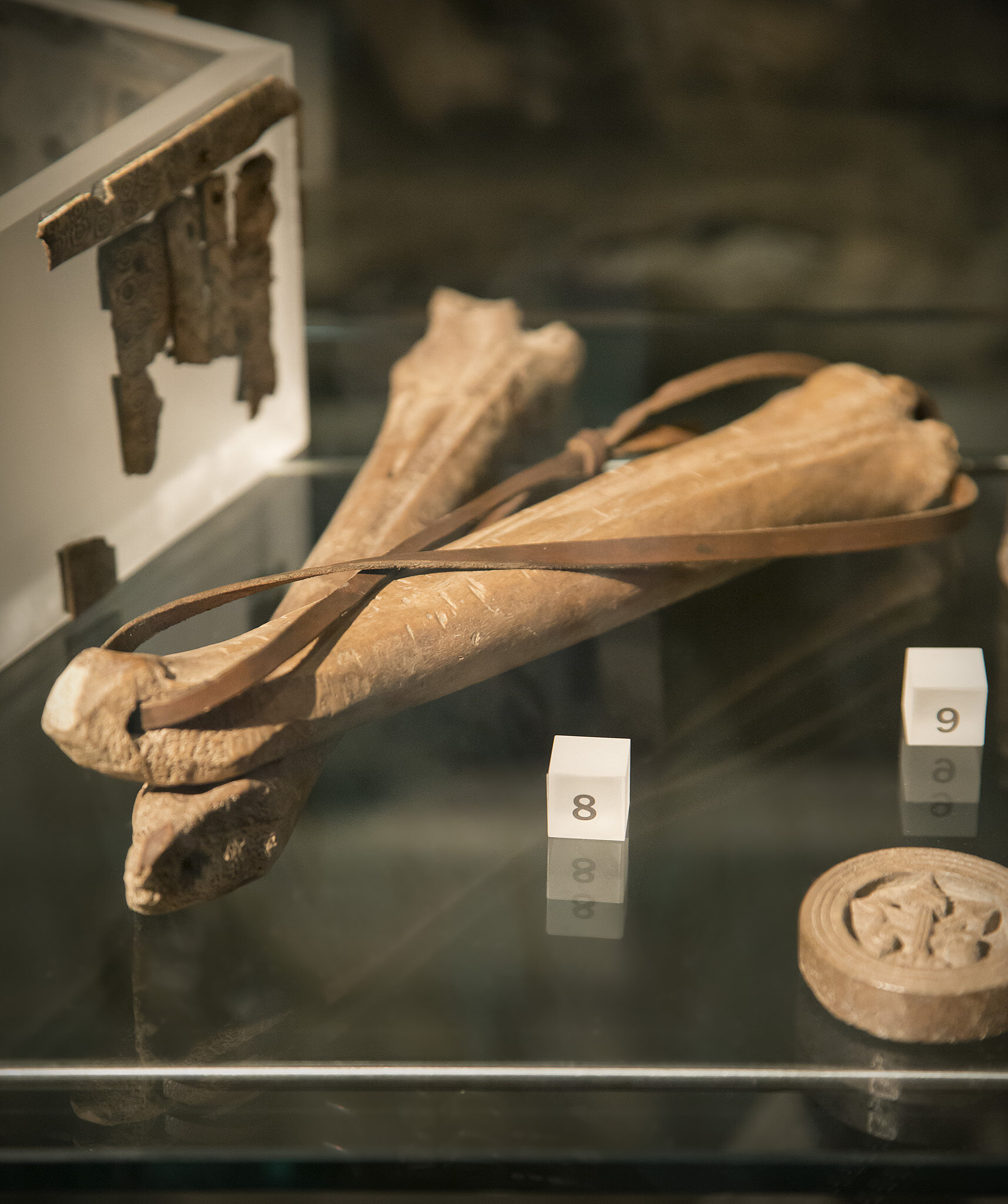Museum of London









The Museum of London tells the story of London’s history, using artefacts. The displays take the visitors through time, from the beginning of London’s history but with a strong emphasis on social history. The medieval room, while not large considering the number of artefacts the museum holds, does contain a good description of items but I did find myself wanting to see more artefacts from the time period. Nonetheless it has some gems, a few of which I will highlight with descriptions. The museum itself is informative and worth seeing.
The medieval room contains a copy of The Chronicles of England, complied by William Caxton in 1497, after he had set up the first printing press at Westminster in 1460.
A tiny little piece of fabric but medieval textiles are very rare, this one from the late 14th Century proves the existence of buttons at this time. It comes from a fashionable outfit what was made by a London tailor.
A child’s vest and mittens from the 1500’s. These would have protected a child from the cold.
The length of belts depended on fashion of the time. This one dates from the early 15th Century and has traces of silk covering, with its metal mounts still in place.
Hairnets were made from a variety of materials and were often embellished with jewels, wire or ribbon. Some were made from silk with gold and silver threads.
By the late 15th Century, men began to wear large metal-framed bags or purses on their belts to carry their money and other items. The frames of these bags were often decorative.
Personal hygiene was important and this group of objects contains metal toothpicks, tweezers, ear-scoops used to clean out wax, a razor and hair comb.
Early 14th Century jugs became more embellished and most of the potteries in London created some with faces.
Bone skates. We don’t usually think of medieval man as ice-skating but apparently he did. At least he could, if he had skates made from the shin bones of cattle. Skaters would push themselves across the ice, using a stick with an spike on the end.
A children’s toy knight is probably my favourite piece in the museum. It dates from around 1300 and you can just imagine medieval children playing with them. These haven’t changed much and you can still find similar knights sold for children today.
I love that even without an artefact, the museum attempts to correct the myth of tiny medieval people, with a sign that says "Medieval Londoners were only about a couple of centimetres shorter than people are today. The average height of a man was 172 cm, or 5 foot 8 inches and for women it was 160 cm or 5 food 3 inches."
Visit the Museum of London website for more information.

